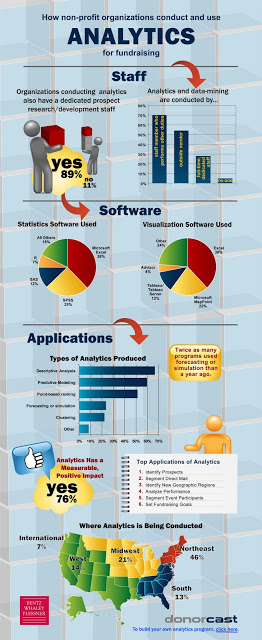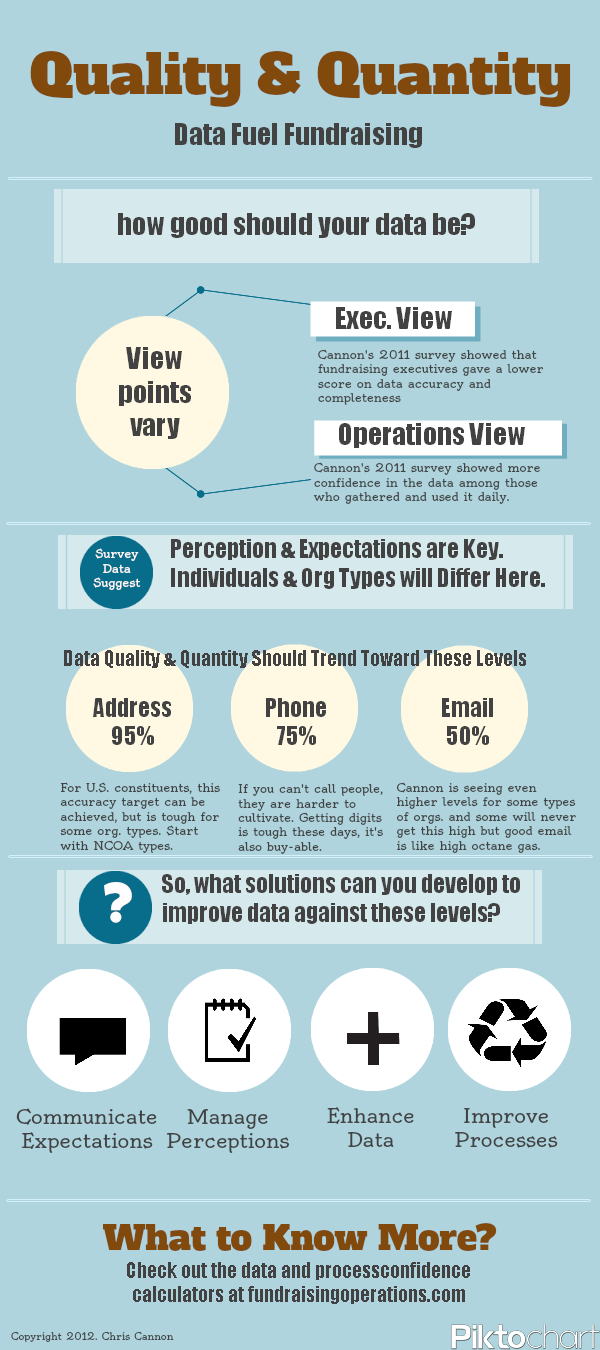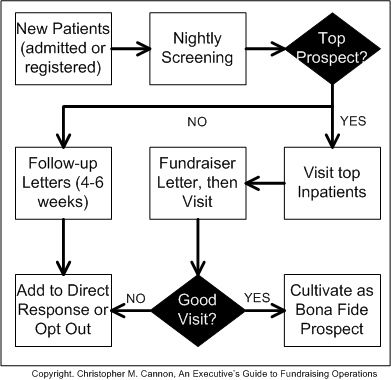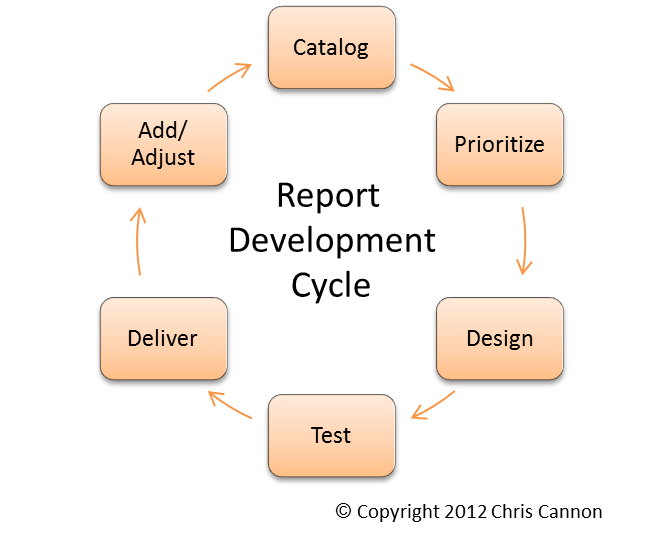Zuri Group and EverTrue recently conducted a thorough survey of advancement users’ satisfaction with their systems. The central finding was that users are unimpressed with their resources. Dissatisfaction with databases, reporting tools, analytics resources, and other important fundraising tools was often 40% or more. And, the typical response for nearly all of the questions was “it’s ok”, which means that “Meh” is the average sentiment among our users. You can check out the report here: The Advancement Technology Landscape 2017 – EverTrue and Zuri Group
Here’s a sample of the report that highlights the challenges faced by our advancement technology environments:

The trend for the survey suggests that “common” issues (like gift processing) received better satisfaction scores whereas more innovative and new areas, such as social data management (which only a few companies, like EverTrue, really address) and analytics, received lower satisfaction scores. Some of this may simply be the typically slow technology adoption our industry experiences. However, it is important to move beyond the “we don’t have the money/time” argument and start to examine the roots of these issues and how your institution can begin to improve satisfaction. Our users clearly want more and better solutions.
There are some solutions and some ongoing obstacles to improving the advancement technology landscape. To solve the issue, non-technical tactics like building trust and negotiating expectations are more important than you might think. Delivering on the fundamentals–accurate, complete and timely data–and adopting a PR-style, metrics-driven strategic information management approach will gain some favorable survey points. However, the lack of funding for, and innovative technical solutions to, fundraising applications remain pretty substantial problems. Thus, expectation management will be a critical component of your effectiveness.
What is your team experiencing? How have you improved user satisfaction at your institution? Share your best tips and tricks to help tackle this ongoing challenge.




